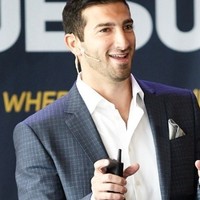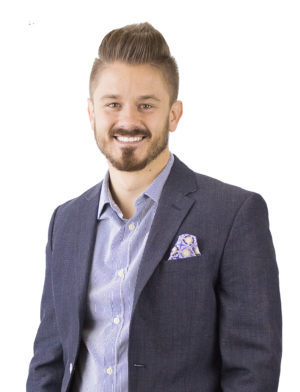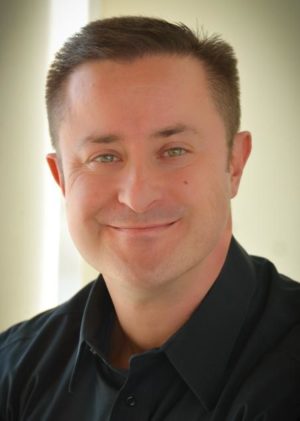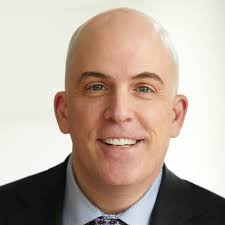
You may recognize today’s guest from previous episodes of this podcast. Max Altschuler is the CEO and Founder of SalesHacker Inc. and the VP of Marketing at Outreach.io. Max is also one of the co-authors of a new book, Sales Engagement: How The World’s Fastest Growing Companies are Modernizing Sales Through Humanization at Scale 1st … Read more
Episode 130: The Marketing Perspective – Chris Dayley
Today’s guest comes from the marketing side of the business. And while that may be an unusual choice for this podcast, what Chris Dayley has to say about digital marketing can be useful for prospectors as well. Chris is a digital marketing entrepreneur, speaker, and neuromarketer. He is also the VP of testing and site … Read more
Episode 129: The Resurgence of Telephone Sales – Mark Hunter
Even with all of the social media and automated sales tools available, a one-on-one conversation over the telephone can still be a powerful selling tool, especially among consumers that value authenticity. The resurgence of the telephone call is one of the things that today’s guest talks about in this episode. Mark Hunter is an author, … Read more
Episode 128: Adapting to Change – Brian Keller
In any field, one thing that you can be sure of is that things will eventually change. This is as true in sales as it is in any other industry, and it’s important to be able to keep up with the changes as the come. That leads to the question: can the ability to change … Read more
Episode 127: Using Sales Differentiation to Close Deals – Lee Salz
Your prospects encounter many salespeople in all areas of their lives. It’s easy for salespeople and their products and services to begin to blend together. In order to make your sale, you’ll need to convince them that there are reasons why they should choose what you’re selling over what other people are selling. How can … Read more
Episode 126: Creating Value to win over Clients – Anthony Iannarino
Do you know what the four levels of value are, or how you can win clients over from your competitors by creating more value for your clients? Today’s guest didn’t just write the book on that subject, he actually wrote three books on the subject. Anthony Iannarino is the author of The Only Sales Guide … Read more
